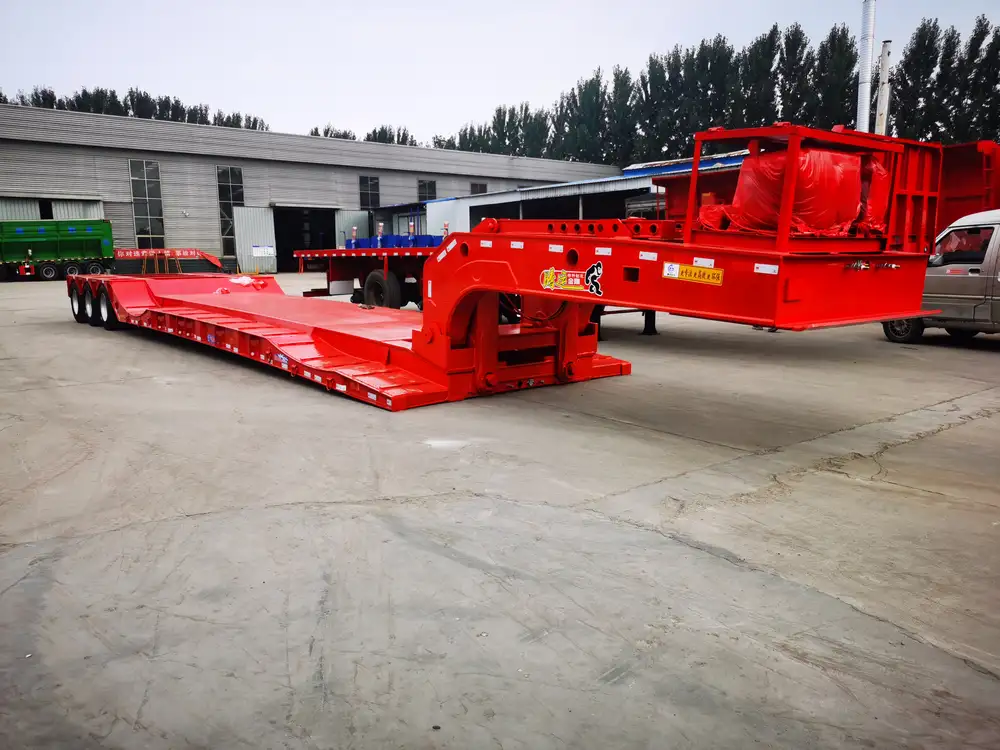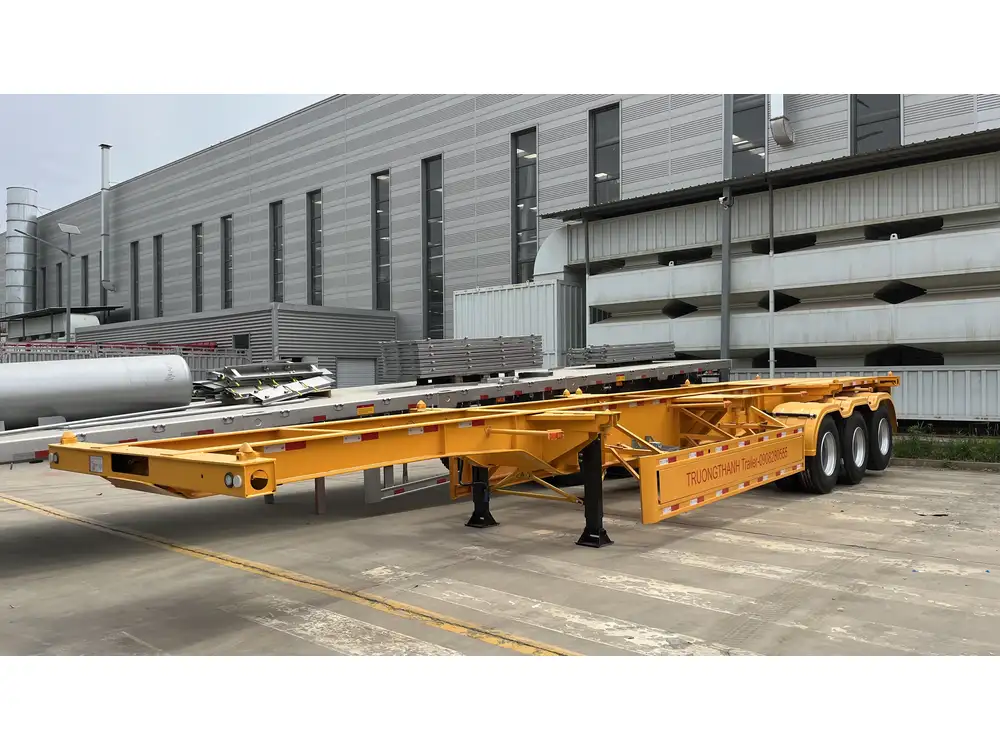When navigating the world of logistics and transportation, one common query arises: how tall is a dry van trailer? Understanding the dimensions of a dry van trailer is crucial for logistics professionals, fleet managers, and manufacturers alike. In this guide, we will delve into the specifics of dry van trailer heights, explore why it matters, and provide actionable insights for effective decision-making.
What is a Dry Van Trailer?
Definition and Features
A dry van trailer is an enclosed transport vehicle primarily used for shipping non-perishable goods. Characterized by its solid sides and roof, this trailer provides significant protection against weather conditions, theft, and damage. Essential for various industries, dry vans facilitate the movement of goods ranging from clothing to electronics.

Common Uses
- General Freight: Suitable for a wide range of goods, including consumer products.
- E-commerce Fulfillment: Vital for online retailers who require efficient delivery systems.
- Manufacturing: Used to transport parts and finished products within and between facilities.
Standard Height Specifications
Typical Dimensions of a Dry Van Trailer
While dry van trailers can exhibit a degree of customization, they typically adhere to industry-standard dimensions. Here is a breakdown of the most common specifications:
| Trailer Type | Internal Height | External Height | Length | Width |
|---|---|---|---|---|
| Standard Dry Van Trailer | 106 inches (8.83 ft) | 13.5 feet | 48 – 53 feet | 102 inches (8.5 ft) |
| High Cube Dry Van Trailer | 110 inches (9.17 ft) | 13.6 feet | 48 – 53 feet | 102 inches (8.5 ft) |

Why the Height Matters
Understanding the height of a dry van trailer is crucial for several reasons:
- Loading Capacity: Height influences how much can be loaded within the trailer. Many companies utilize vertical space to maximize their load.
- Dock Compatibility: Knowing the trailer height assists in ensuring compatibility with loading docks, affecting efficiency during loading and unloading processes.
- Clearance Awareness: It’s essential for drivers to be aware of bridge heights and overpasses to avoid accidents or damage during transit.
Variability in Trailer Height
While the aforementioned heights serve as general guidelines, it is essential to recognize that variability exists based on:
- Manufacturer Specifications: Different manufacturers may produce trailers that vary slightly in dimension.
- Customization: Companies often modify trailers based on their specific operational needs, which can result in a distinct height.
- Regulatory Environment: Different regions have specific regulations regarding trailer height; it’s imperative to comply with these regulations to avoid fines or penalties.
Factors Influencing the Height of a Dry Van Trailer

Manufacturer Differences
Some manufacturers may offer variations in height due to design and intent. For instance, high cube trailers are favorable for specific cargo types, providing extra vertical space.
Load Type
The type of goods being transported can dictate necessary height specifications. Heavy or bulky items may require a taller trailer to ensure safe transportation without compromising the load.
Legal Restrictions
Different jurisdictions impose regulations on maximum vehicle heights. Awareness of these restrictions is key for logistics operators marketing loads across regions.

Understanding the Impact of Height on Efficiency
Increasing trailer height offers the advantage of greater load capacity, influencing efficiency in various ways:
- Enhanced Productivity: Higher load capacity allows for fewer trips, ultimately reducing operational costs and time.
- Fuel Efficiency: A well-distributed load in a taller trailer can lead to better fuel efficiency during transit.
- Safety Considerations: While taller trailers can improve load efficiency, they can also increase the risk of tipping. Drivers need to be trained in handling taller designs safely.
How to Choose the Right Trailer Height for Your Needs
Considerations for Selection
- Operational Requirements: Identify the standard load types and total weight to determine necessary height.
- Regulatory Compliance: Ensure trailer height conforms to local and federal transport regulations.
- Loading and Unloading Practices: Analyze the facilities utilized for loading and unloading to select a compatible height.

Cost Implications
Taller trailers may result in higher initial costs due to the materials and designs needed for construction. However, this investment could lead to long-term savings by enhancing operational efficiencies and reducing the number of trips required.
Frequently Asked Questions (FAQs)
1. What is the maximum height allowed for a dry van trailer?
The maximum legal height of a dry van trailer in the U.S. is typically 13.5 feet, though this can vary based on state regulations. Always check local laws to ensure compliance.

2. Can I customize the height of my dry van trailer?
Absolutely. Many manufacturers offer customization options that cater to specific needs, such as additional height for more vertical cargo space.
3. How do I calculate the volume of goods my dry van trailer can carry?
Calculate the internal dimensions of the trailer (length x width x height) and subtract any areas occupied by the trailer’s structure or equipment.
4. Are there weight limits associated with taller trailers?
Yes, taller trailers must adhere to weight limitations. It’s crucial to consider overall dimensions and load distribution carefully during loading.

Conclusion
Knowledge of how tall is a dry van trailer encompasses more than mere dimensions; it dives deep into operational efficiencies, safety considerations, and regulatory compliance. By understanding the nuances of trailer heights, businesses can make informed choices that optimize their logistics operations, enhance profitability, and maintain safety standards. By considering individual needs, regulations, and the types of loads being transported, logistics professionals can select the appropriate trailer height that will lead to success in the competitive transportation industry.



